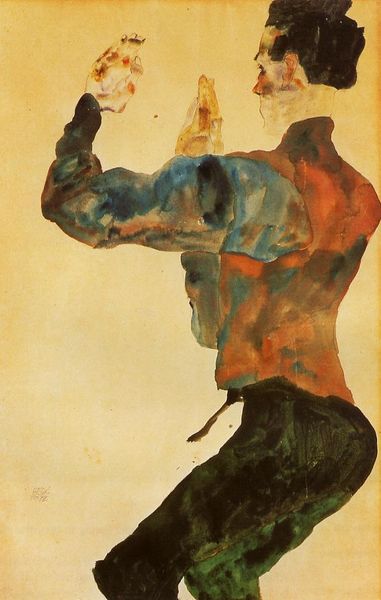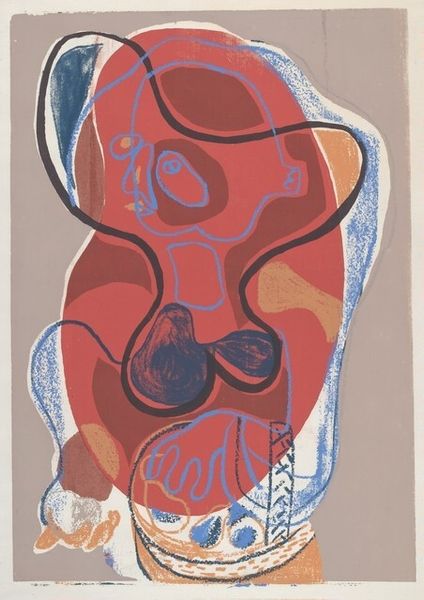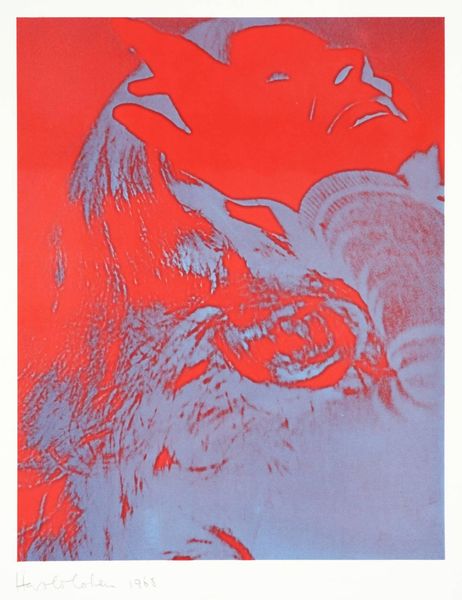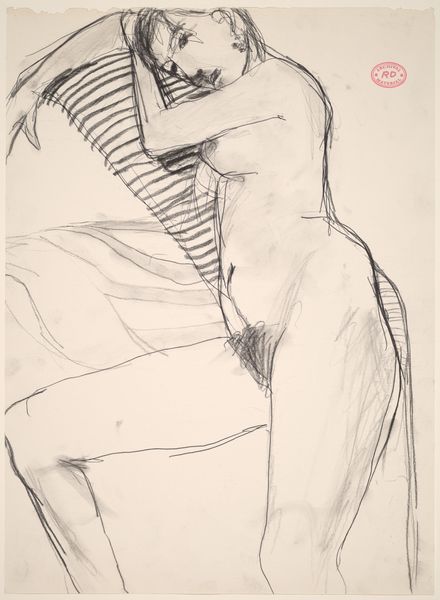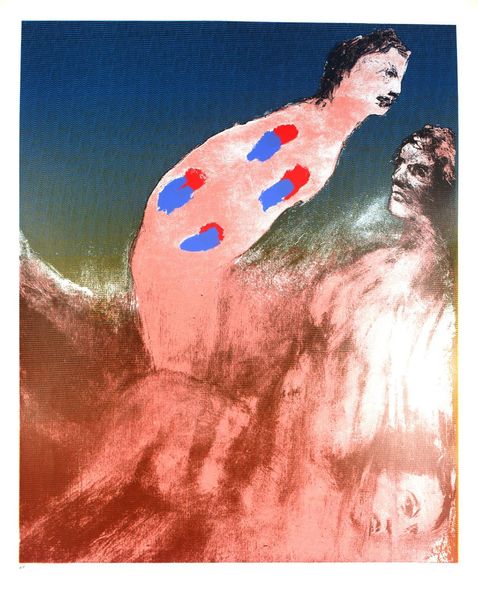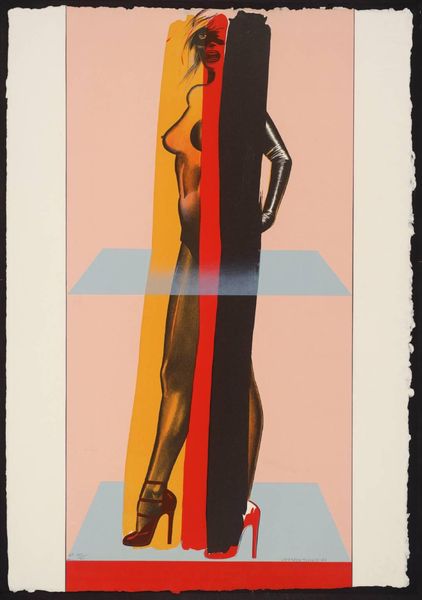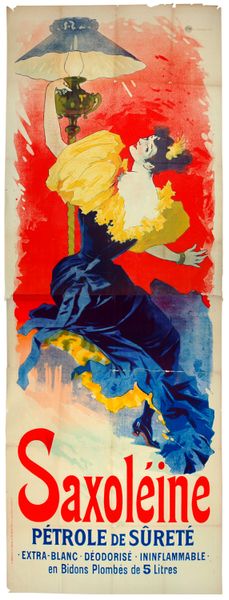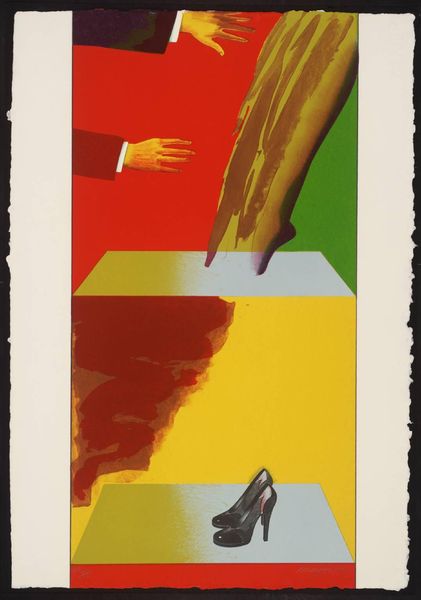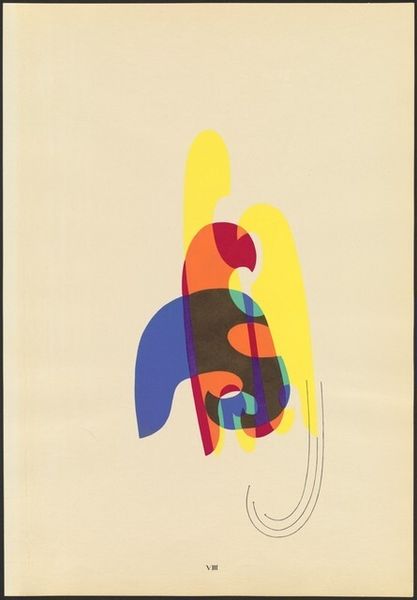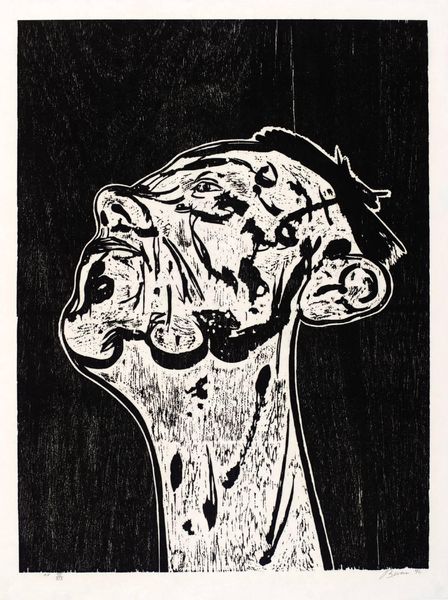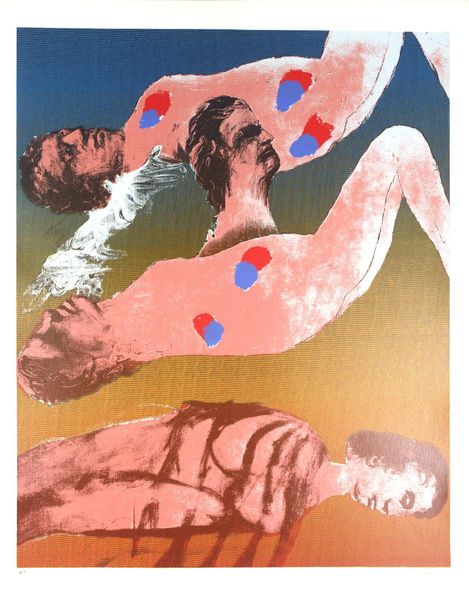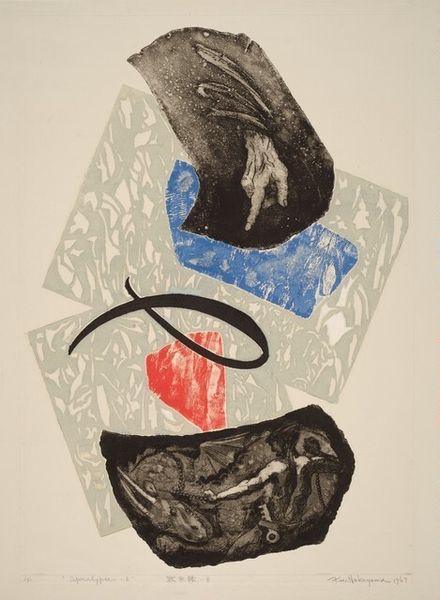
Copyright: Modern Artists: Artvee
Editor: Here we have Andy Warhol's "Muhammad Ali #3," created in 1978 using a mixed-media screenprint technique. The raised fist feels immediately powerful and iconic, even defiant. What stands out to you most in this work? Curator: That raised fist is such a potent symbol. Think about its history, even before Ali: worker solidarity, resistance, Black Power. Warhol understood how to tap into that deep well of collective meaning. What do the colors suggest to you, in the context of these layered meanings? Editor: The stark blues and browns? Perhaps they simplify and amplify the symbol of power, pushing it into the realm of pop art, flattening the complex history of protest? Curator: Precisely. It's flattened, but not emptied. Warhol is inviting us to remember the cultural memory embedded in this single gesture. Ali himself was a master of image, controlling his own narrative. Do you see a dialogue between his self-fashioning and Warhol's pop aesthetic? Editor: Absolutely! The clean lines almost give it the appearance of a logo; it's an image instantly reproducible and recognizable. The layered effect, with the outlines slightly askew, evokes motion, struggle and progress. Curator: Warhol was brilliant at capturing those nuances. Consider how this one symbol, divorced from context, can still speak volumes about identity, power, and resistance, thanks to the cultural weight it carries. It's a visual echo. Editor: I see that now – the layering emphasizes that visual echo. It gives the fist a dynamic feel like it is moving. Thanks, that's incredibly insightful.
Comments
No comments
Be the first to comment and join the conversation on the ultimate creative platform.

